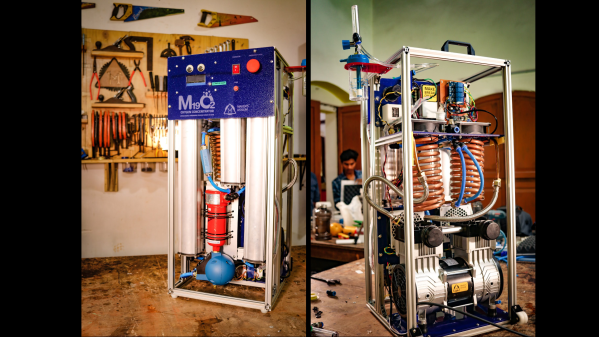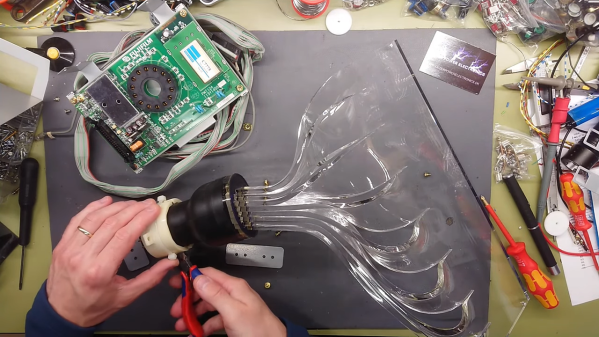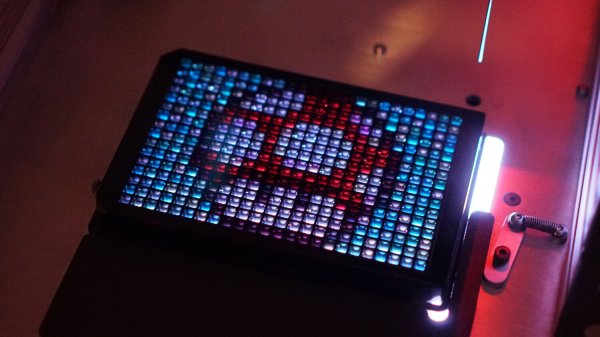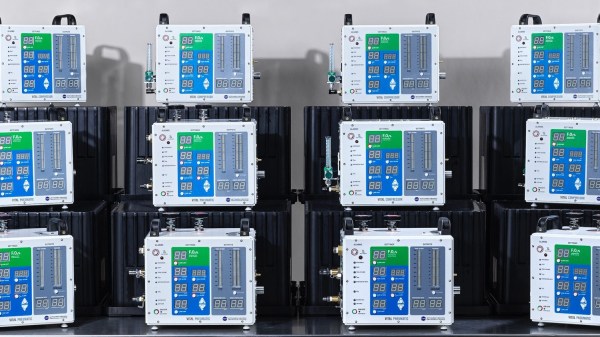If you thought that COVID-19 couldn’t possibly impact space travel, think again. The ongoing pandemic is having unexpected consequences for companies like SpaceX, who are worried about liquid oxygen shortages due to increased demand for medical oxygen. Massive amounts of liquid oxygen are used as the oxidizer for each rocket launch, of course, as well as in hospitals, which have giant tanks of liquid oxygen somewhere on site. Whether destined for space or for patient care, liquid oxygen comes from cryogenic separation plants, and SpaceX fears that they would have to delay or even cancel launches if manufacturers can’t keep up with demand and have to prioritize their healthcare customers. We’re actually not sure if this is a concern, though, since there are usually separate supply chains for medical and industrial gasses. Then again, we’d suspect a rocket engine might prefer to breathe ultra-pure LOX too.
Speaking of space, if you want to be an astronaut, perhaps the first skill you need to develop is patience. Not only might your ride not be ready to go when you are, but at least in the EU, you’ve got a long line of applicants in front of you. The European Space Agency announced this week that they’re working through a backlog of 23,000 applications for astronaut positions. About 20% of those will apparently be dropped in the pre-screening process, but the rest will (eventually) get an invitation to a full-day test at one of the ESA’s facilities. We imagine the attrition rate from there increases dramatically; either that or the ESA intends to hire a lot of astronauts.
Back here on Earth, Google this week did what it seems to do a lot of, and killed off one of its popular apps. This time the victim is the Android Auto phone app, although we have to admit the whole thing is confusing. The app allows you to connect your phone to the infotainment system in a compatible late-model car, letting you access all your apps without having to fiddle with your phone while driving. But Google also had an app that offered the same experience directly on the phone, for cars without a compatible display. As far as we can tell, the on-phone app is the only thing that’s going away in Android 12; the app for in-car displays will continue to be supported. Former users of the phone-only app are being encouraged to migrate to Google Assistant’s Driving Mode. Or, you know, you could just drive the car instead.
So your brand-new video card is running hot, and you can’t figure out why. At your wit’s end, you crack open the card’s cover and find the reason — a somewhat suspicious-looking foreign object. That’s what happened to Antony ter Horst and his Nvidia RTX 3090, which had a finger cot wedged inside it. It would appear to have slipped off the finger of some assembly worker, and it was clearly interfering with heat flow inside the card. Antony posted the pictures on reddit, which of course found much humor in the finger cot’s resemblance to another latex object. For our part, it put us in mind of some other stories of foreign objects found in common products — there’s a reason why we always check a loaf of bread before using it.
And finally, in a lot of ways YouTube has become the new “vast wasteland” of useless content. But like television before it, there are occasional gems to be found, especially to those of us who love to learn a little something as we watch. And so when we stumbled upon a video with the title “Hot Tap and Stopple Bypass at Smoky Lake” we had to check it out just to find out what each of those words meant. It turned out to be a great video on pipeline construction methods. The “hot tap” refers to cutting into the pipeline, containing high-pressure diluted bitumen from the shale oil fields near Smoky Lake, Alberta, without interrupting the flow of product. The “stopple” is a device that can be threaded into the pipe to permanently seal it, diverting the flow to a newly installed bypass. The whole process is fascinating, so we thought we’d share. Enjoy.


















